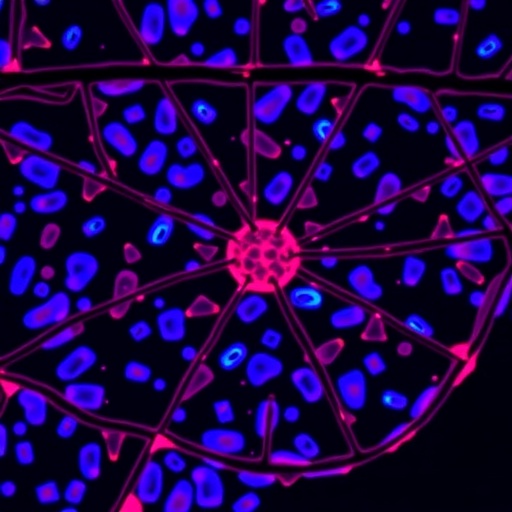A team of researchers at the IRCM, led by André Veillette, MD, explains how our immune system kills abnormal blood cells. Their discovery, recently published in the Journal of Experimental Medicine, could eventually lead to new treatment avenues for leukemia, lymphoma and certain types of infectious viral diseases.
Photo Credits: Institut de recherches cliniques de Montréal
“Our team is studying how natural killer cells can eliminate abnormal hematopoietic (blood) cells,” explains Dr. Veillette, Director of the Molecular Oncology research unit at the IRCM. “NK (natural killer) cells are crucial to the immune system and play a critical role in protecting us against viruses and cancer cells.”
In a previous study, the IRCM researchers found the SAP molecule to be an essential component of NK cells’ ability to kill abnormal blood cells, which can be found in blood cancers such as leukemia and lymphoma, as well as in certain infectious viral diseases like infectious mononucleosis.
“In addition to SAP, a protein called EAT-2 can also be found in NK cells,” adds Dr. Veillette. “We knew that EAT-2 cooperates with SAP, and, with this research project, we wanted to better understand why they are both required for the proper functioning of NK cells.”
Using a variety of genetic, biochemical and imaging approaches, the researchers successfully defined the molecular and cellular mechanisms by which EAT-2 controls the activation of NK cells.
“We identified the molecular chain of events that occur, and showed that EAT-2 and SAP perform different functions using distinct mechanisms,” says Dr. Veillette. “These findings explain the cooperative and essential function of these two molecules in activating NK cells, thereby allowing them to kill abnormal blood cells.”
“EAT-2 and SAP are molecules found inside NK cells, and they are linked to receptors of the SLAM family on the cell surface,” concludes Dr. Veillette. “Because they can make better drug targets, our future work will focus on these receptors, which could eventually lead to identifying new potential treatment avenues for blood cancers such as leukemia and lymphoma.”
Story Source:
The above story is based on materials provided by Institut de recherches cliniques de Montréal (IRCM).




